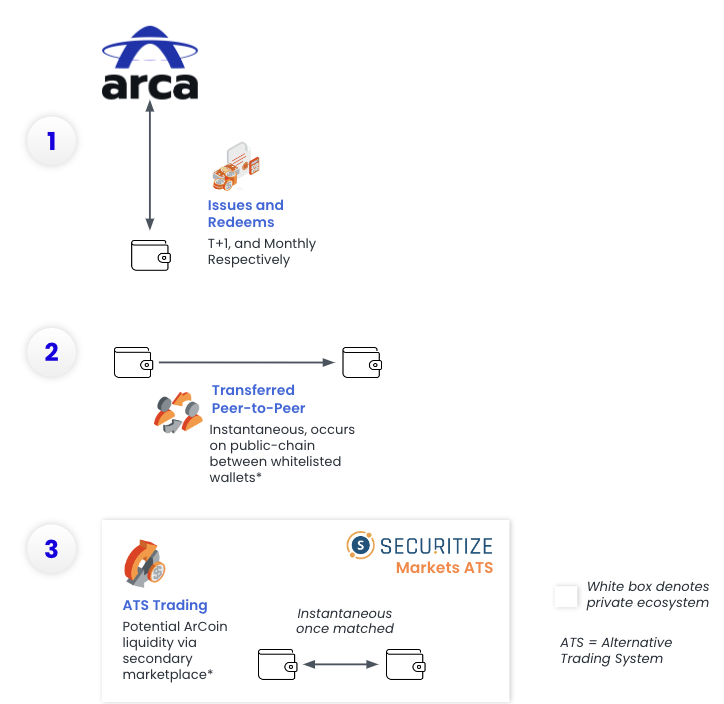Research Summary
The report discusses the importance of fast transaction confirmation times in blockchain user experience, focusing on Ethereum. It explores existing ideas and techniques, such as single slot finality and rollup preconfirmations, and their implications for Layer 1 (L1) and Layer 2 (L2) protocols. The report also considers the future of Ethereum’s architecture and potential strategies for L2s.
Key Takeaways
Ethereum’s Improved Transaction Confirmation Times
- Competitive Transaction Speeds: Ethereum’s transaction confirmation times have significantly improved over the past five years, now reliably confirming within 5-20 seconds. This speed is comparable to credit card payment experiences.
Single Slot Finality
- SSF’s Potential: Single-slot finality (SSF) could replace Ethereum’s current slot and epoch architecture, offering a simpler and faster alternative. However, the challenge lies in managing the load on the chain, as every Ethereum staker would need to publish two messages every 12 seconds.
Rollup Preconfirmations
- Rollup-Centric Roadmap: Ethereum has been following a rollup-centric roadmap, focusing on supporting data availability and other functionalities for L2 protocols. This approach allows Ethereum to focus on its core functionalities while L2s cater to user needs.
Based Preconfirmations
- Preconfirmations-as-a-Service: The report suggests incentivizing Ethereum proposers to offer preconfirmations-as-a-service. This approach would provide immediate guarantees that a transaction will be included in the next block, enhancing user experience.
Future of Ethereum’s Architecture
- Exploring Slot-and-Epoch Architectures: The report suggests that slot-and-epoch architectures are hard to avoid due to the inherent time difference in reaching approximate agreement and economic finality. However, not all such architectures are created equal, and there is value in exploring the design space further.
Actionable Insights
- Consider the Implications of SSF: Ethereum developers and stakeholders should consider the implications of implementing single slot finality (SSF). While it offers a simpler and faster alternative, it also presents challenges in managing the load on the chain.
- Explore Rollup Preconfirmations: Developers should explore the potential of rollup preconfirmations in enhancing user experience. This approach allows Ethereum to focus on its core functionalities while L2s cater to user needs.
- Investigate Based Preconfirmations: Ethereum proposers should investigate the potential of offering preconfirmations-as-a-service. This approach could provide immediate guarantees for transaction inclusion, enhancing user experience.
- Research Slot-and-Epoch Architectures: Ethereum developers should research different slot-and-epoch architectures. While these architectures seem hard to avoid, not all are created equal, and there is value in exploring the design space further.












